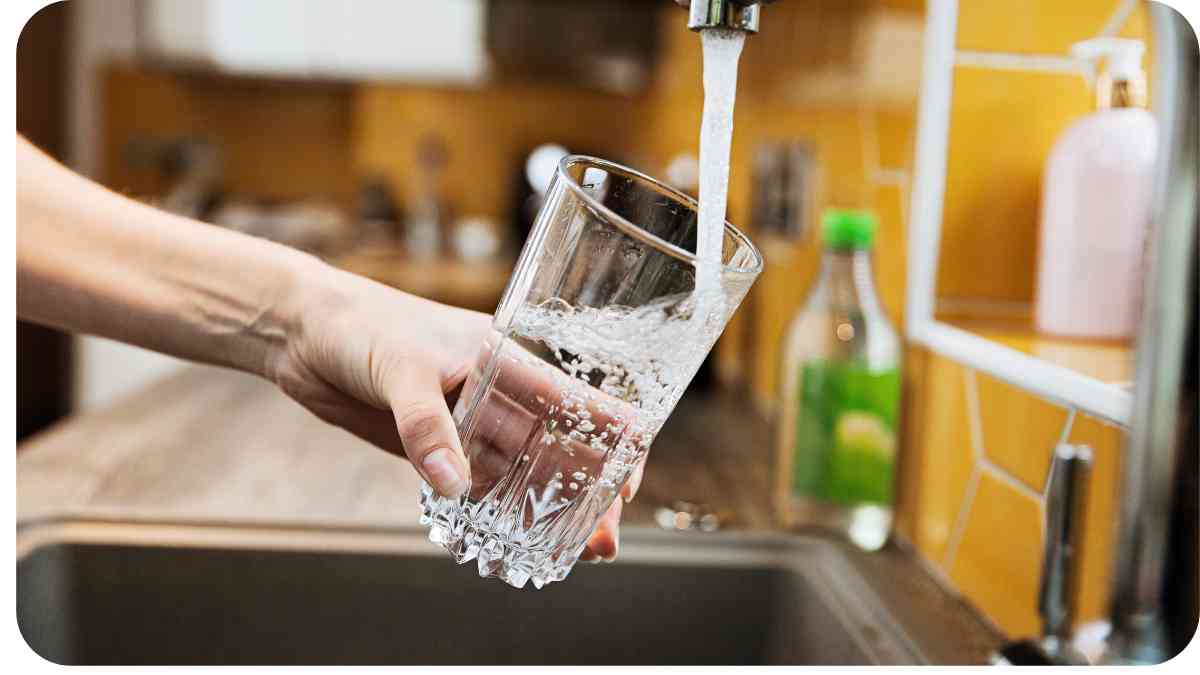Water is a fundamental element of life, but not all water sources are safe to drink. Whether you’re in a survival situation, traveling to remote areas, or simply concerned about the quality of your tap water, knowing how to troubleshoot questionable water sources is crucial.
In this article, we will delve into the depths of water safety, drawing from my years of experience in environmental science to provide you with expert guidance.
| Takeaways |
| 1. Understanding water contaminants is crucial for safe drinking. |
| 2. DIY water testing kits provide a quick way to assess water quality. |
| 3. Boiling water effectively kills most harmful microorganisms. |
| 4. Water purification tablets are convenient for on-the-go use. |
| 5. UV purifiers offer a high-tech solution for water sterilization. |
| 6. Portable filters are versatile for travel and outdoor adventures. |
| 7. Rainwater can be a sustainable source with proper collection and treatment. |
| 8. Regular well maintenance and testing are vital for well water safety. |
| 9. Knowledge and preparedness are your best tools for drinking safe water. |
2. Assessing Water Quality
Before delving into solutions, let’s understand the problem. Assessing water quality involves evaluating the presence of contaminants that can make water unsafe to drink. These contaminants can vary widely, but common ones include bacteria, viruses, heavy metals, and chemical pollutants.
Water contamination is a serious concern, impacting health and safety. It’s vital to understand the dangers of impure water to protect yourself and your family. Stay informed about potential risks and take necessary precautions to ensure access to safe drinking water.
3. Common Water Contaminants
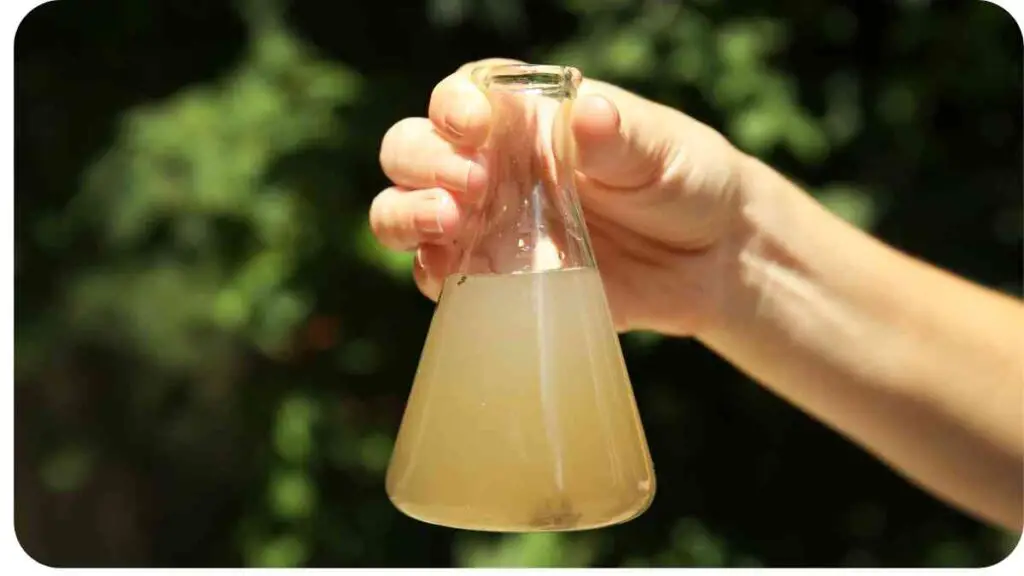
3.1 Bacteria and Viruses
Table 1: Common Waterborne Pathogens
| Pathogen | Health Risks | Sources |
| E. coli | Gastrointestinal | Human and Animal Feces |
| Giardia | Diarrhea | Contaminated Water |
| Hepatitis A | Liver Infection | Sewage |
3.2 Heavy Metals
Table 2: Heavy Metals in Drinking Water
| Metal | Health Risks | Sources |
| Lead | Neurological disorders | Old plumbing, paint |
| Arsenic | Skin, lung, bladder cancer | Natural deposits |
| Mercury | Kidney and brain damage | Industrial discharge |
3.3 Chemical Pollutants
Table 3: Common Chemical Pollutants
| Chemical | Health Risks | Sources |
| Chlorine | Eye and lung irritation | Water treatment |
| Pesticides | Cancer, organ damage | Agricultural runoff |
| Pharmaceuticals | Hormone disruption | Disposal in water systems |
4. Signs of Contaminated Water
Before we discuss solutions, it’s vital to recognize the signs of contaminated water. Look for unusual odors, colors, or tastes in your water, and be alert to symptoms like stomachaches or diarrhea after consumption.
With various water purification methods available, choosing the right one is crucial. Explore the top 15 water purification methods used by experts. Understanding these techniques equips you with the knowledge to purify water effectively, ensuring a safe and reliable source for you and your loved ones.
5. DIY Water Testing
5.1 Water Testing Kits
Table 4: Types of Water Testing Kits
| Kit Type | Purpose | Ease of Use | Test Range |
| Test Strips | Basic water quality | Easy | Limited |
| Bacteria Tests | Microbial contamination | Moderate | Yes |
| Comprehensive Kits | Comprehensive analysis | Moderate | Broad |
5.2 Conducting Tests
DIY water testing involves following instructions meticulously and ensuring a clean sample. Use the appropriate test kit for your suspected contaminants and follow the steps closely.
5.3 Interpreting Results
Table 5: Water Test Result Interpretation
| Parameter | Safe Range | Action Required |
| E. coli levels | Absent | Boil or treat water |
| Lead levels | < 15 ppb (EPA standard) | Use a filtration system |
| Chlorine levels | 0.2 – 4 ppm (taste) | Consider a filter |
6. Water Filtration Methods
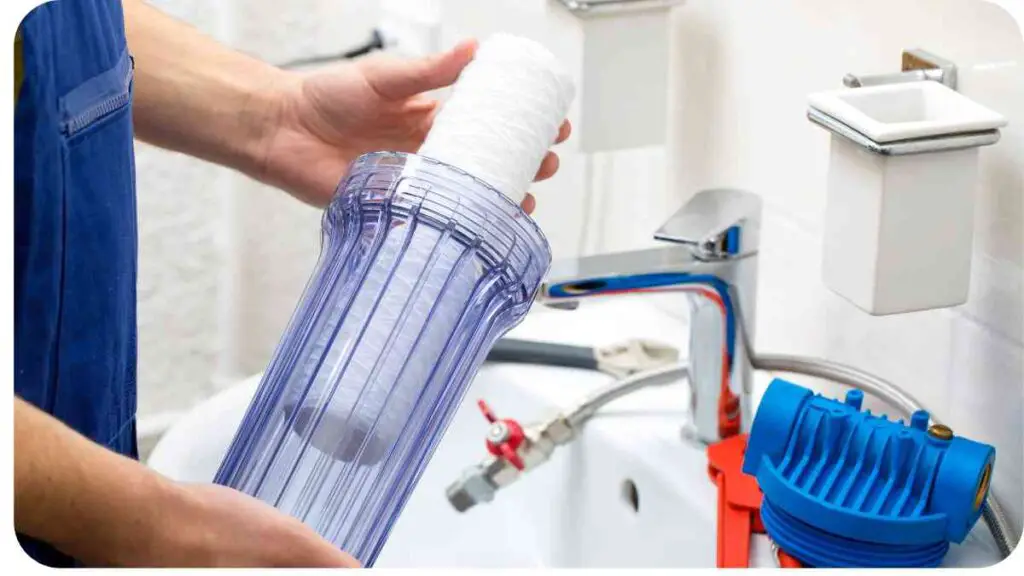
When you discover contamination, it’s time to consider filtration methods. Let’s explore your options.
7. Boiling Water
7.1 How It Works
Boiling water is a simple yet effective method to kill most bacteria, viruses, and parasites that may be present.
Selecting an appropriate water purification system can be overwhelming. Dive into the ultimate guide to choosing the best water purification system for your needs. This comprehensive resource offers insights into various systems, helping you make an informed decision to safeguard your health.
7.2 When to Use
Table 6: When to Boil Water
| Situation | Recommended | Alternative |
| Camping | Boil or filter | UV purifier |
| Emergency | Boil or treat | Water purification tabs |
Stay tuned for the continuation of this article, where we’ll explore more water purification methods and ways to ensure your water is safe to drink.
8. Water Purification Tablets
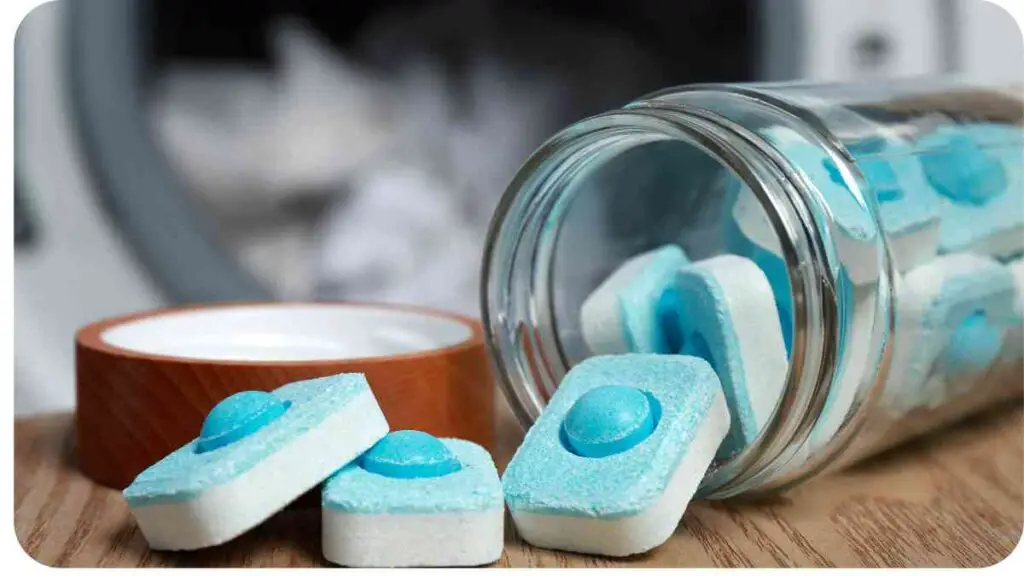
8.1 Types and Usage
Table 7: Types of Water Purification Tablets
| Tablet Type | Active Ingredient | Effective Against |
| Chlorine Dioxide | Chlorine dioxide | Bacteria, viruses, cysts |
| Iodine | Iodine | Bacteria, viruses, protozoa |
| Halazone | Sodium dichloroisocyanurate | Bacteria, viruses |
Water purification tablets are a convenient solution for disinfecting water, especially when boiling isn’t an option.
9. UV Water Purifiers
9.1 How They Work
Table 8: How UV Water Purifiers Work
| Process | Mechanism | Effectiveness |
| UV-C Radiation | Destroys DNA in microorganisms | Very effective |
| Filtration | Removes larger particles and debris | Enhances effectiveness |
UV water purifiers use ultraviolet (UV) light to sterilize water, making it safe to drink.
When exploring the wilderness, knowing how to purify water effectively is paramount. Learn essential survival tips to find and treat water sources. These skills are indispensable, ensuring you stay hydrated and healthy in challenging outdoor environments.
10. Portable Water Filters
10.1 Travel-Friendly Options
Table 9: Portable Water Filter Comparison
| Filter Type | Filtration Method | Weight | Lifespan |
| Straw Filters | Direct sipping from source | Light | Limited |
| Pump Filters | Hand-pumped filtration | Moderate | Extends with care |
| Gravity Filters | Gravity-fed filtration | Light | Long-lasting |
10.2 Pros and Cons
Table 10: Pros and Cons of Portable Water Filters
| Pros | Cons |
| Highly portable | Limited filter lifespan |
| Versatile usage | Maintenance required |
| Removes most contaminants | Initial cost |
11. Collecting Rainwater
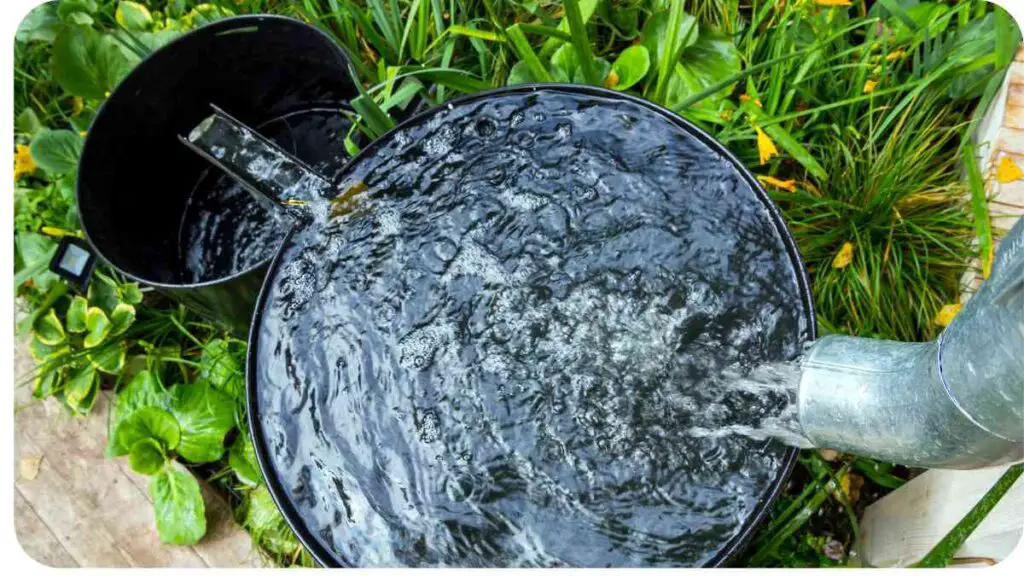
11.1 Harvesting and Storage
Table 11: Rainwater Harvesting Tips
| Harvesting Method | Best Practices | Storage Tips |
| Roof collection | Clean your roof and gutters | Use sealed containers |
| Ground collection | Filter out debris | Cover to prevent algae |
11.2 Purification
Rainwater is generally safe, but to ensure it’s potable, consider using a filter or UV purification method.
In survival situations, finding your way is crucial, especially when searching for water. Discover effective wilderness navigation techniques to navigate back to safety. Mastering these skills enhances your chances of locating water sources, ensuring you can quench your thirst even in unexpected situations.
12. Well Water Safety
12.1 Well Maintenance
Table 12: Well Maintenance Checklist
| Maintenance Task | Frequency | Importance |
| Regular inspections | Annually | High |
| Testing water quality | Annually | Crucial |
| Pump maintenance | As needed | Moderate |
12.2 Testing Well Water
Table 13: Well Water Testing Parameters
| Contaminant | Safe Levels | Action Required |
| Bacteria | Absent | Shock chlorination |
| Nitrates | < 10 mg/L (EPA) | Treatment or filtration |
| Iron | < 0.3 mg/L (EPA) | Filtration or treatment |
13. Conclusion
In conclusion, ensuring the safety of your drinking water is a responsibility that should not be taken lightly. By understanding common contaminants, conducting DIY water testing, and employing suitable purification methods, you can safeguard your health and that of your loved ones. Remember that knowledge, experience, and preparedness are your best allies in the quest for safe drinking water.
By following the insights, tips, and tables provided in this article, you’ll be better equipped to troubleshoot questionable water sources and make informed decisions about your water treatment options. Stay hydrated, stay safe, and enjoy peace of mind knowing that you’re in control of your water quality.
Further Reading
Here are some additional resources to further your understanding of safe drinking water and common problems associated with it:
- Food for the Poor – Unsafe Drinking Water: Explore the work of Food for the Poor in addressing issues related to unsafe drinking water in impoverished communities.
- Penn State Extension – Common Drinking Water Problems and Solutions: Penn State Extension provides insights into common drinking water problems and offers practical solutions to address them.
- CDC – Drinking Water FAQs: The Centers for Disease Control and Prevention (CDC) offers a comprehensive FAQ section addressing various aspects of drinking water safety, quality, and related health concerns.
FAQs
Is tap water safe to drink in my area?
Tap water safety varies by location. It’s best to check with your local water utility or refer to water quality reports to assess the safety of tap water in your area.
What are the common contaminants found in drinking water?
Common contaminants include bacteria, viruses, lead, chlorine, pesticides, and heavy metals. The specific contaminants may vary depending on your water source.
How can I test the quality of my drinking water at home?
You can use water testing kits, which are readily available, to assess the quality of your drinking water. Follow the instructions provided with the kit for accurate results.
What is the importance of water filtration?
Water filtration helps remove impurities and contaminants from drinking water, making it safe and more pleasant to consume. It is an essential step in ensuring water quality.
Are there natural methods to improve water quality?
Yes, natural methods like rainwater harvesting and groundwater recharge can help improve water quality by allowing water to undergo natural filtration processes. However, these methods require proper planning and maintenance.

Hi! I’m Hellen James, and I am the founder of Unified Survival. I have a deep passion for the wilderness and everything that goes along with it. I’ve been hiking since I was a child, and I grew up camping in state parks all over the country. But it wasn’t until recently that I learned how to survive in the wilderness.

